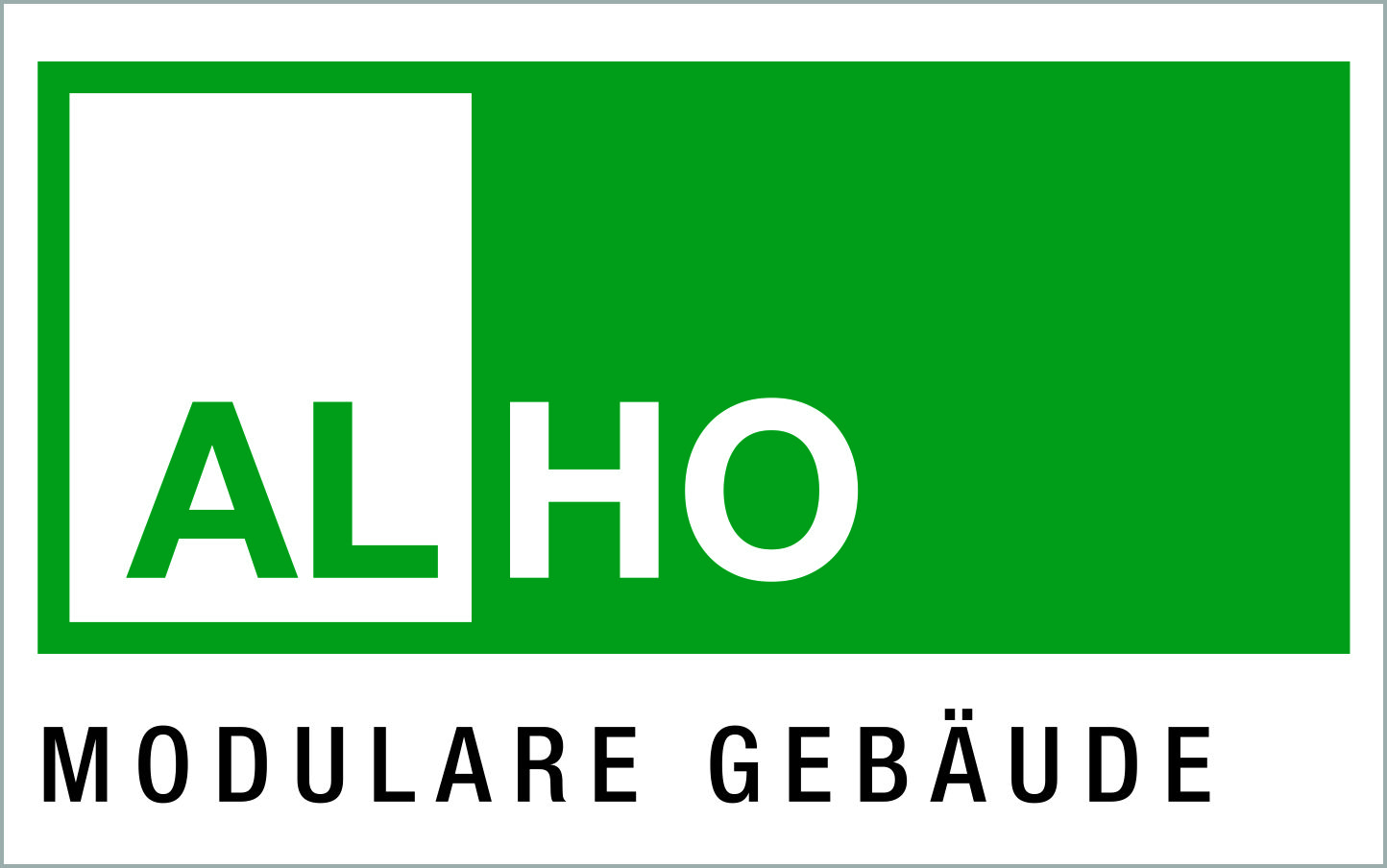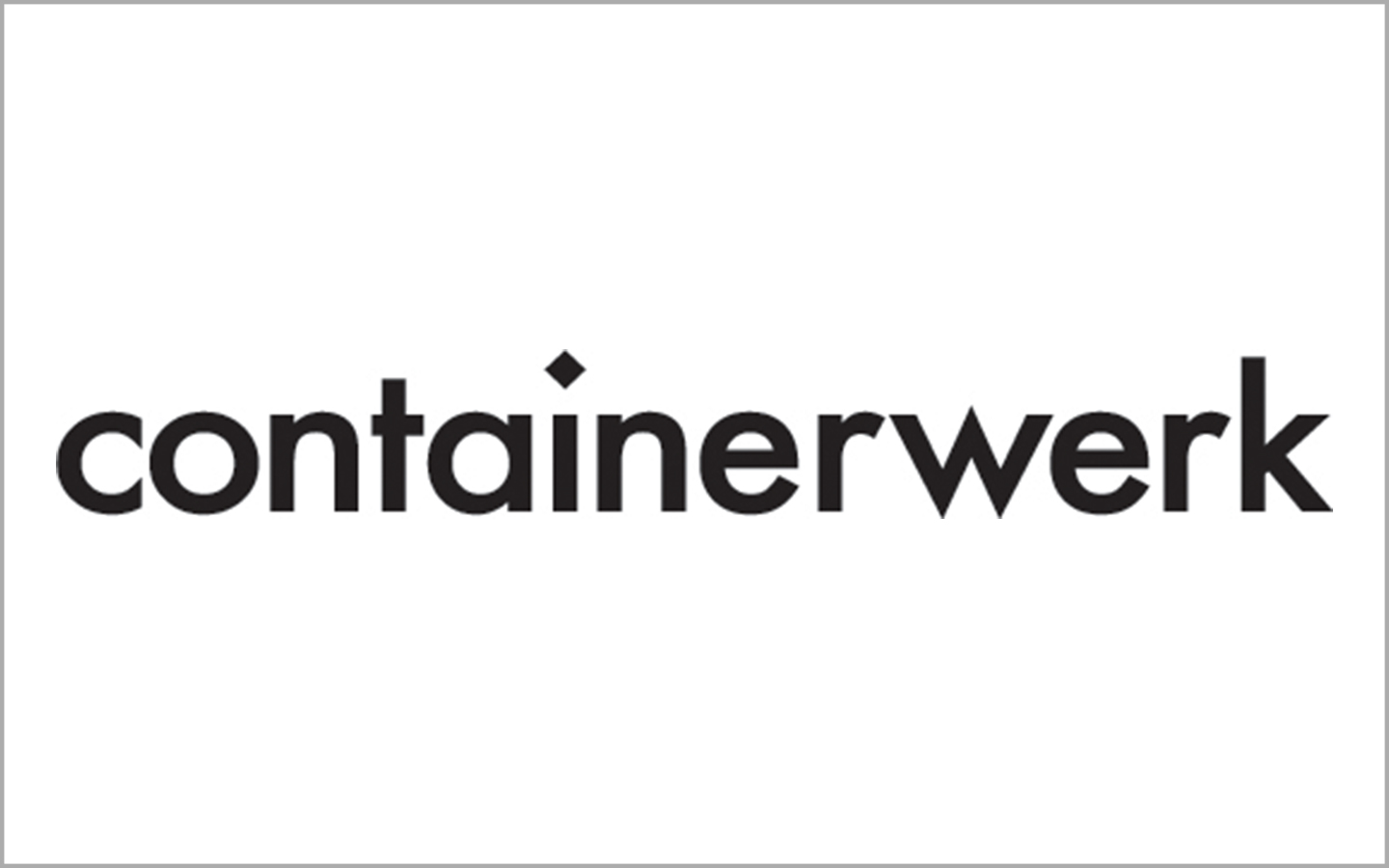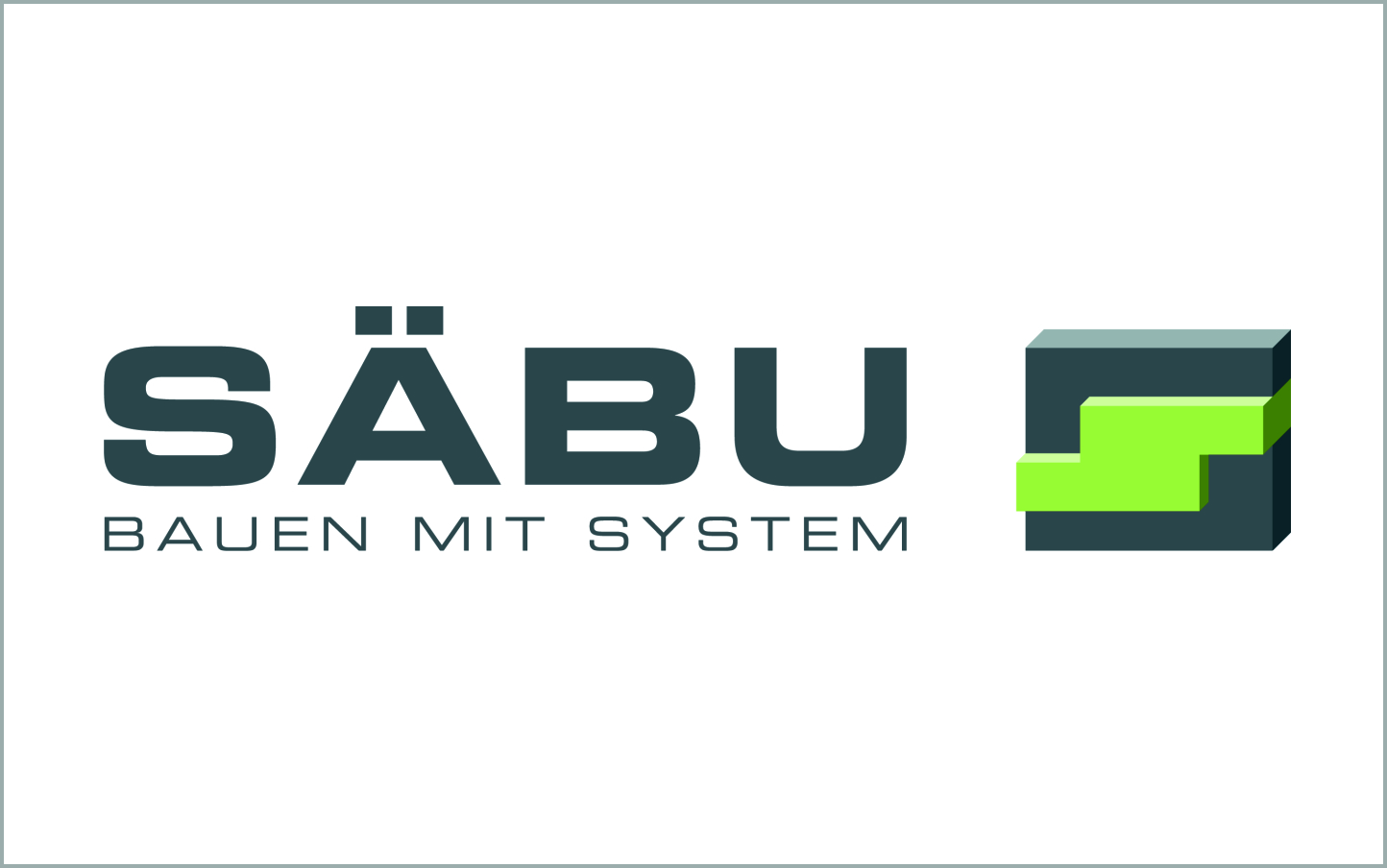28. June 2023
- Protection of the natural foundations of life – soil, air and water
- Protection of nature and landscape
- Protection of material and energy resources
- climate protection
- capital preservation
- Low ongoing operating and maintenance costs
- Protection of human health
- Protection of social and cultural values
In December 2001, the Federal Ministry of Transport, Building and Urban Affairs also set up the “Sustainable Building Round Table”, which consists of representatives of associations from the construction industry, industry, building authorities and science. It deals with general guidelines for sustainable construction, discusses concrete studies on the subject and attempts to implement the results in federal construction.
In this consortium project, an in-depth inventory and review of the current state of the art and research on the sustainability assessment of room-cell buildings is being conducted. To this end, the various activities, systems, guidelines and standards will be analysed and the possible fields of application defined in close cooperation with the consortium partners.












